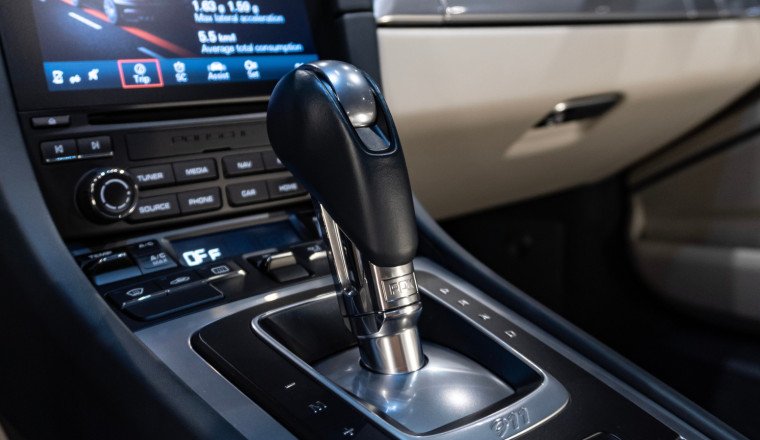
Man, Porsche makes some fabulous cars. The Cayman is just a terrific little coupe, the Macan is so popular that one probably just drove past you right now, and of course the 911 remains one of the automotive world's all-time greats. What makes them so good? Well, maybe you've heard about something called PDK, which all those cars – depending on year and trim level – feature, alongside much of the Porsche range. What exactly is that, and what does it do?
PDK stands for Porsche Doppelkupplungsgetriebe, an absolutely ace-tier German word that simply means it's a double-clutch transmission (DCT). As a concept, DCTs go all the way back to the 1930s, first conceived by French engineer Adolphe Kegresse before another man named Adolph interrupted him and the rest of France. In the 1960s, Porsche started playing around with the concept again, finally debuting the technology in 1981. The company named it PDK to emphasize that this was a Porsche innovation. It was first used on race cars, most famously the Audi Quattro rally car that took motorsport by storm in 1985.
DCTs first started showing up in road cars with the Volkswagen Golf R32 in 2003. Not to be outdone by its mass-market rival, Porsche started putting its PDK on production cars in 2008 and hasn't stopped since.
Again, PDK is just a fancy (and German) way of saying that this is Porsche's version of a dual-clutch transmission. So, what's that?
In a standard manual transmission car, the gearbox is manipulated by a clutch, which in turn is operated by you, the driver. To do that, you have to press the clutch pedal, which actually unlinks the clutch from the engine's pressure plate. When that happens, you break the connection of the engine through the drivetrain to the wheels, meaning you lose drive for the split second you're shifting gears. Not exactly ideal in a race, where you want to minimize any disruption to making the car produce power.
What Porsche (following in Kegresse's footsteps) wanted to solve was that disconnect during gear shifts. The idea was actually very simple — why not simply have two clutches, essentially making for two separate transmissions? One would be for odd-numbered gears and the other for even-numbered. So when you're in third gear on the first clutch, the second clutch is already in fourth gear, just waiting to be connected. Changing gear is thus simply disconnecting the first clutch while simultaneously connecting the already in-gear second clutch.
That process just continues on up through the gears. In fact, the car's computer will always pre-select the next gear for you, as it's smart enough to guess whether you'll want to upshift or downshift next. Pretty nice!
 Bhakpong/Shutterstock
Bhakpong/Shutterstock
The car's computer also handles the actual shifting, meaning that a PDK (like any DCT) can functionally run as an automatic. As a driver, you don't have to worry about gear shifts if you don't want to. However, if you do happen to care, these cars will also come with a way for you to manually shift, in the form of paddles on the back of the steering wheel – although some earlier Porsches used buttons on the steering wheel itself. That makes it a bit of a best of both worlds situation, in that you can be as involved in the gears (or not) as you want to be.
This is all distinct from a standard automatic transmission, which doesn't even use a clutch in the first place. A normal automatic instead uses a torque converter, which never physically disengages from the engine at all. DCTs can switch gears much faster, which is why they're found on performance-oriented cars. If you're wondering why all cars don't simply come with one then, the answer is that DCTs are more complex — and expensive — than torque converters and even require a special fluid. If you aren't spending most of your life on track, it's often more trouble and money than it's worth.



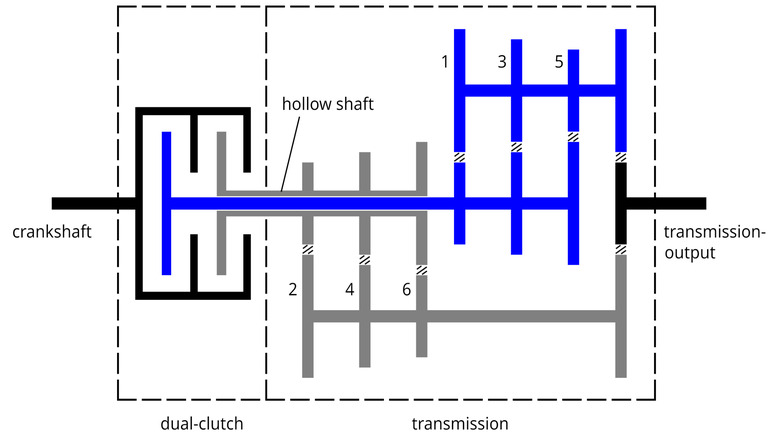



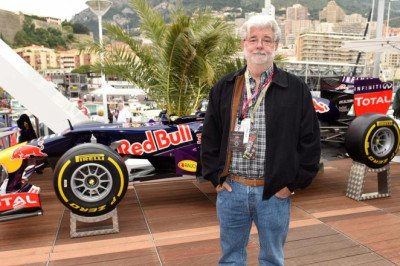
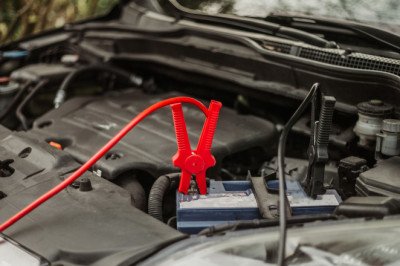


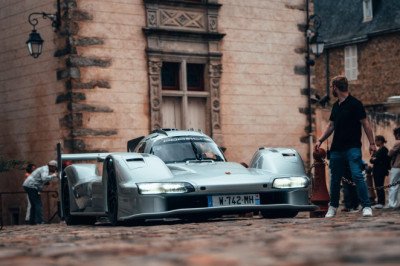
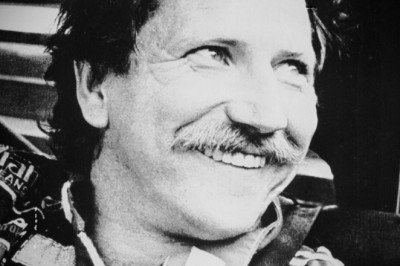



Facebook Conversations